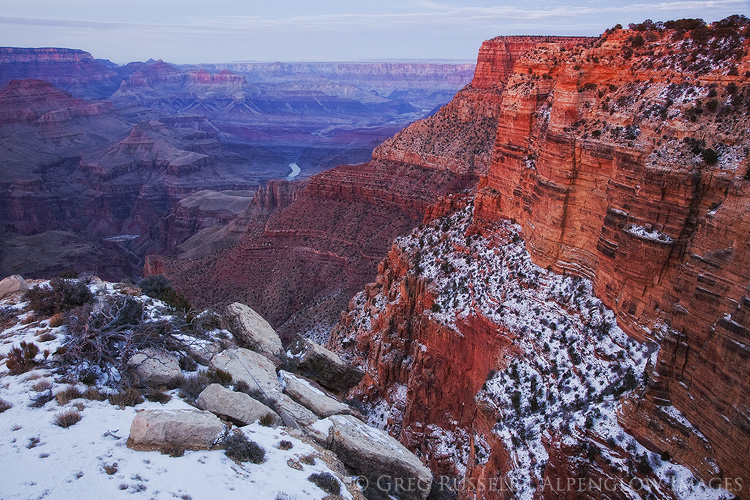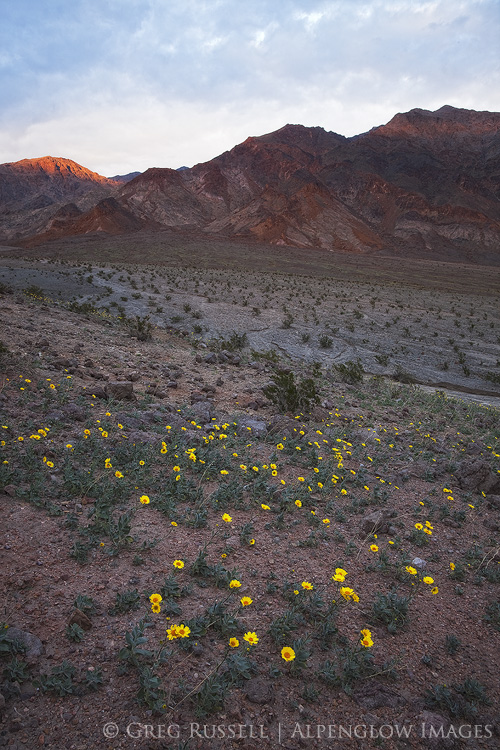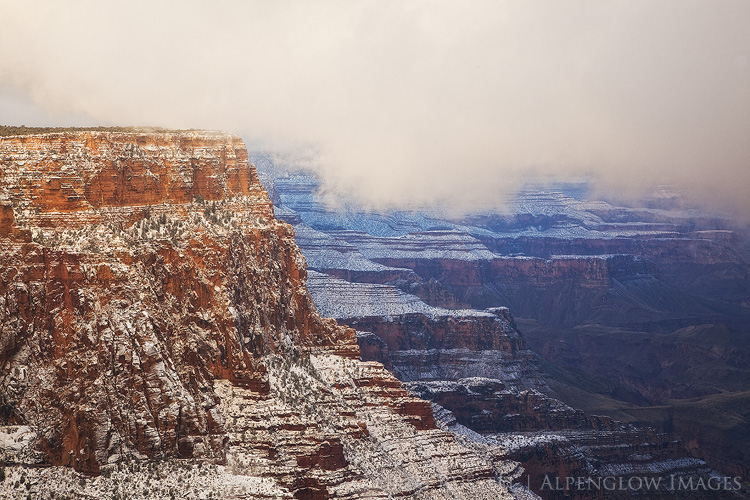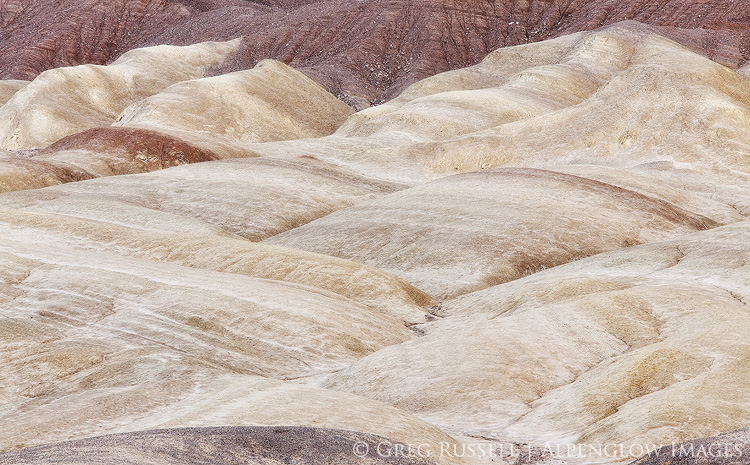In walking around southern California, I notice many people are starting to doubt the legitimacy of the rain this record El Niño was said to bring us. Fair enough…we’ve had only one honest storm so far, but meteorologists say it is really just starting to come into its own. Despite not rearing its head too badly yet here, much of the Sierra Nevada is already at 100%+ of snowpack, and wildflowers are starting pop up in the desert. More on that in a minute though.
At the end of fall, right before Christmas, I made a quick trip to the Grand Canyon. While there, I got to experience a fairly stormy day on the south rim, complete with howling winds, whiteout conditions and closed roads. A couple of images from that trip easily made my Favorites of 2015. Then, Jackson Frishman and I headed to Death Valley National Park, and the weather was equally spunky. There was no snow in the valley, but there was plenty of rain, great clouds, and even a few surprises thrown in along the way.
Visiting the Grand Canyon and Death Valley so closely together in time is sort of a surreal experience. As if I had lost it, I quickly regained my appreciation for deep geological time. Nearly 75 million years ago during the Laramide Orogeny, the Colorado Plateau was pushed upward nearly two miles and the Colorado River (which flowed from the newly formed Rocky Mountains) started to cut into the rock, forming the Grand Canyon. Today, the river has cut about as deeply as it can go–to the basement Vishnu Schists–giving us a look back in time about 1.7 billion years.
Death Valley’s geologic story is a bit more complex (and violent), but as the Vishnu basement rocks in the Grand Canyon were being formed, Death Valley was already in a state of unrest, with rocks in certain areas being twisted and folded. One area of particularly complex folding has been dubbed the “Amargosa Chaos” and is found in the southern end of the Black Mountains. Fold, fold, fold…then separate. That’s how the Basin and Range Province creates its mountain ranges–plates are pulled apart until they tilt upward creating massive mountain ranges with deep valleys between them. In this part of North America, as John McPhee writes, the continent is literally being pulled apart.
You also start to understand a scale of spatial immensity in these two places. While the Grand Canyon is typically thought of as the “deep” canyon at around 6,000 feet, it’s got nothing on Death Valley, which is over two miles deep (at its deepest). If you’re not interested geology (I know…how can you not be?), it might be just as easy to stand in awe of both of these places, allowing yourself to feel small, both as a part of the landscape, and as barely-a-blip in geological time.
It’s worth noting briefly that while spring on the Grand Canyon’s rim is a few months off, it’s already happening in (especially) the southern end of Death Valley. Jackson and I saw fields of Desert Gold (Geraea canescens) that created a wonderful lace-work pattern among the volcanic rocks in the southern Black Mountains. All of the other usual suspects were starting to bloom as well, but are several weeks off from peak. Hopefully some dreary, drizzly conditions continue in Death Valley, and it’s got the possibility of becoming a very good year for wildflowers. Jackson has several photos and more commentary on his blog as well.





Nice stuff, Greg! Getting to know basin and range geology versus the Colorado Plateau has given me new appreciation for both. The Plateau is so elegant and ordered in comparison to the vast complexity, confusion and chaos of the Great Basin!
I agree with your statement, “…it might be just as easy to stand in awe of both of these places, allowing yourself to feel small, both as a part of the landscape, and as barely-a-blip in geological time.” My dad taught me to respect nature but as I’ve aged, as we learn more about our world and spend more time in nature, I’ve come to see that “we are nature.”